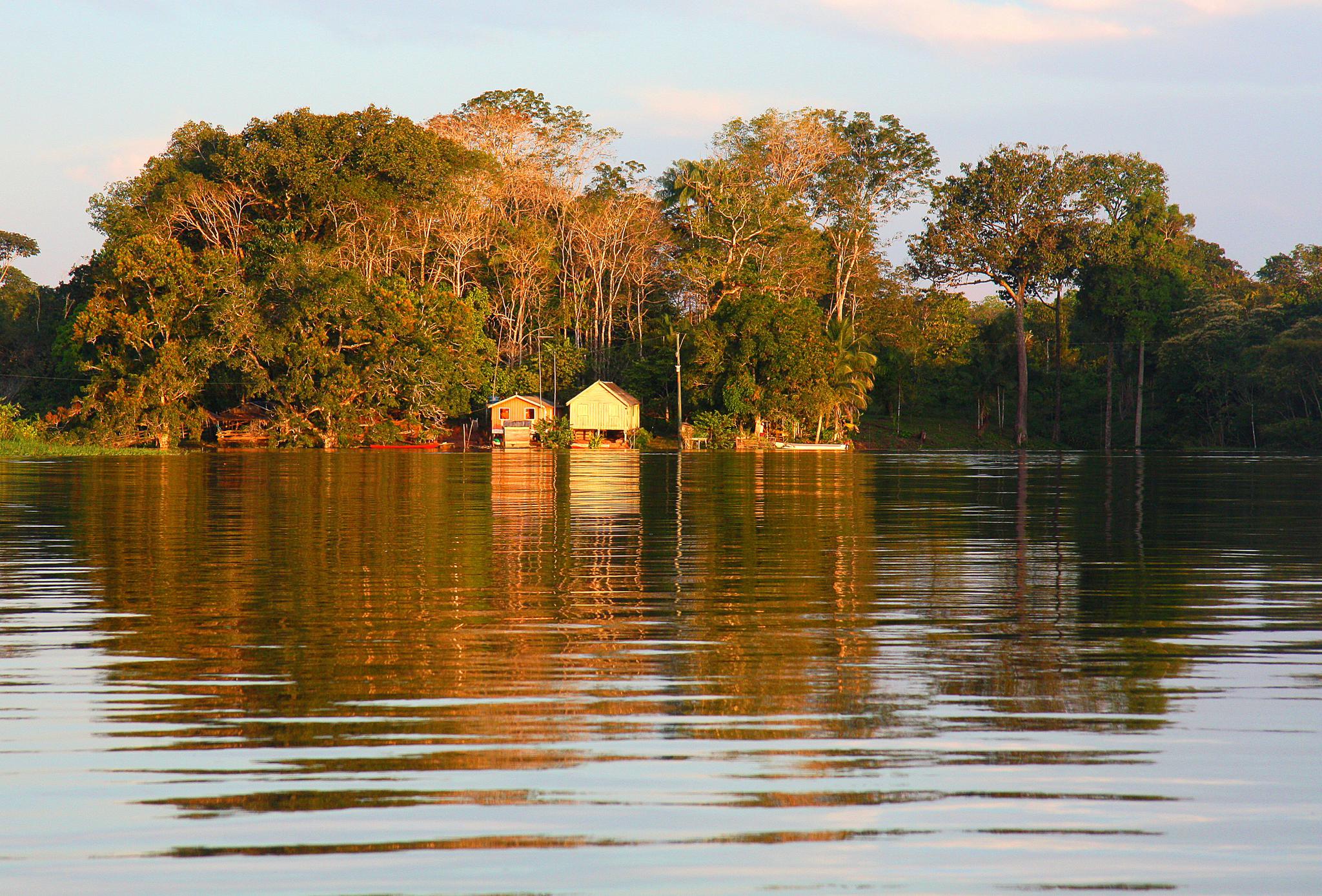Leprosy in Brazil
Brazil’s struggle with leprosy challenges the world's largest public health system
Leprosy, a disease often associated with the Middle Ages, still haunts many of the world’s most populous countries. Brazil has the second largest number of people suffering from leprosy after India and reported over 30,000 new cases of leprosy in 2019.
Leprosy, a nerve disease that can lead to significant physical handicaps, is quite curable if detected early. However, in Brazil many doctors do not properly diagnose the lesions that appear early in the disease’s development as leprosy. According to Brazilian medical school student Ana with whom Stories of Latin America spoke, many doctors are not properly trained to treat leprosy. As a medical student, Ana has direct experience with patients suffering from leprosy.
Moreover, the highest number of cases are in poorer areas that at times lack access to appropriate medical care. In the city of Manaus in the state of Amazonas, for instance, in 2018 there was one doctor for 574 people while in the rural interior of the state there was one doctor for 8,944 people. The above mentioned medical student Ana confirms that many people who contract the disease are from isolated, rural areas who either do not have easy access to care. (Ana did note, anecdotally, that while some cases are severe, many are less so; as such, the number of cases include light and severe cases.)
When asked why Brazil had such a problem with the disease (94 percent of new cases in Latin America are in Brazil), Ana said it is really hard to say. The reasons why it exists and not properly treated are relatively clear; why Brazil has a worse problem than other comparable nations, however, is a mystery to which, after hours of research, we are still searching for an answer.
To combat discrimination against leprosy, in Brazil the term “leper” is prohibited and instead it is called “Hansen’s Disease” (after the scientist who discovered the disease’s cells). To promote awareness of the disease, January is the month for leprosy awareness and the government runs education campaigns. Even Jair Bolsonaro, not known for his humility, said in 2019 he was ashamed at the high rates of leprosy in the country.
Brazil’s battle with unceasing battle with leprosy is more shocking given the degree the country has expanded healthcare access in the last decades. Brazil’s 1988 constitution lists access to healthcare as a fundamental right of all Brazilians. Brazil’s national health system, the SUS, serves as the primary healthcare provider for 150 million citizens (the remainder have supplemental private insurance) and has helped reduce inequality and poverty. It is the largest public health system in the world and has a wide array of free vaccines and medicine available. However, as noted above, access to care is uneven by region and access does not always mean quality care for those with leprosy.

